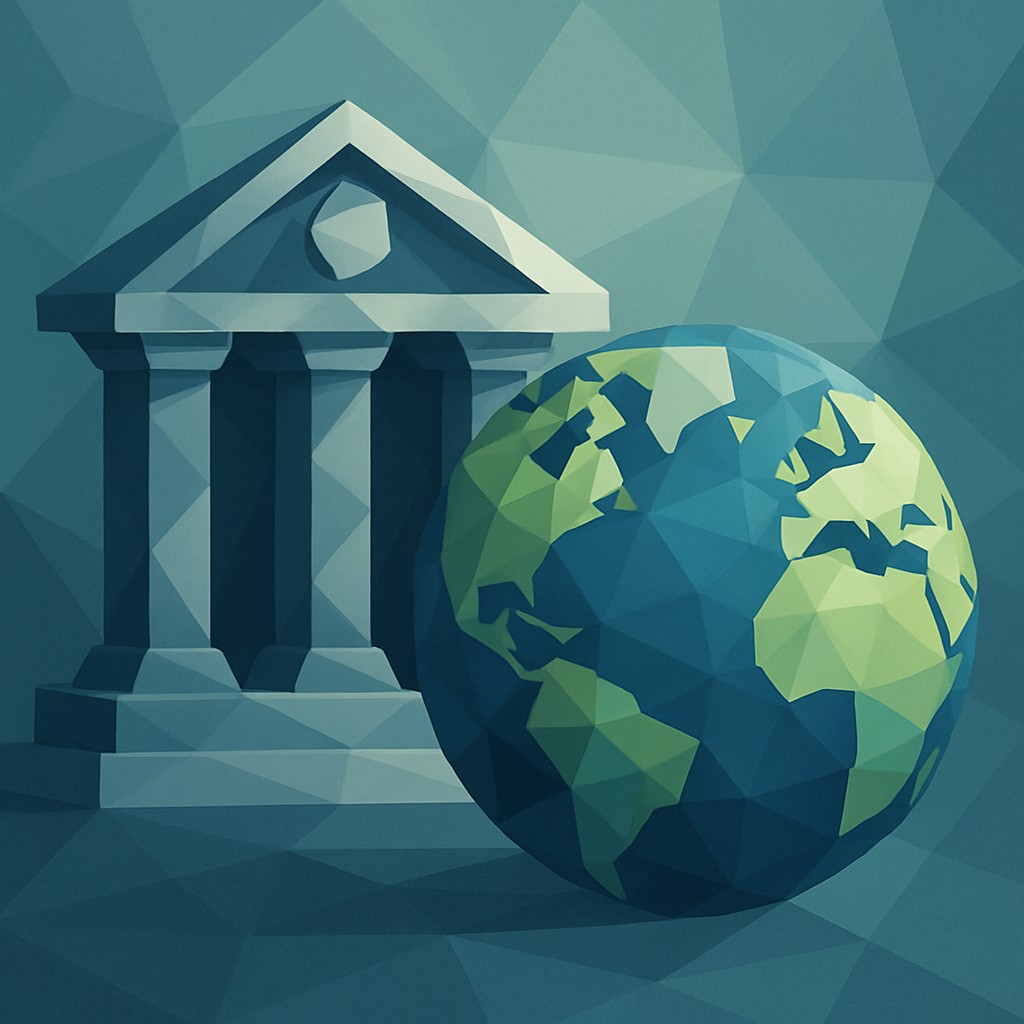Norwegian aid could change the world for good
Certain measures, even aid skeptics may not dispute that have the desired effect. Childhood vaccination is a well-known example -- measures against lead poisoning could be next.

Ki-generated illustration from Midjourney
Main moments
This year has been a big debate whether aid works or not, and what works best. Some, including the “waste ombudsman” Are Søberg, believe aid is a charade and wasteful.
Fortunately, he is wrong, somewhat several have well accounted for. We can see this historically, but also through illustrating what Norwegian aid can achieve in the future.
In the past 50 years, vaccines, including against measles, diphtheria, hepatitis B, polio, tuberculosis and rotavirus, have helped reduce mortality among infant infants by 40 percent globally, and by more than 50 percent in Africa.150 million human lives have been saved as a result, according to a study led by World Health Organization (WHO).
Thanks to vaccines, smallpox is eradicated, polio is close to becoming it and malaria and cervical cancer can hopefully become so. That means permanent effects of partially aid-funded initiatives. The same is possible in other areas, including pollutants.
Small amounts, big problems
Despite severe impacts on cognitive and physical health, and potentially more deaths than HIV/AIDS, malaria, and traffic accidents combined, lead exposure receives little attention from philanthropists and government donors.
over 800 million children in the world have harmful levels of the toxic metal lead in their blood. This poses a critical health challenge, even at very low levels. Low- and middle-income countries are particularly affected: over half of children in these countries have a lead level in their blood that exceeds the WHO threshold for immediate action.
In children, lead exposure negatively affects the developing brain. Lead poisoning is probably the cause of a significant portion of the learning gap between rich and poor countries. Early exposure to lead also produces consequences many years later -- that is, among other things, a significant risk factor for death from cardiovascular disease.
Despite serious impact on cognitive and physical health, and potentially more deaths than HIV/AIDS, malaria and road accidents combined, lead exposure receives little attention from philanthropists and government donors.
The World Bank estimates that lead exposure causes 5.5 million deaths each year, compared to around one million from HIV/AIDS. Yet funding for HIV/AIDS measures is 500 times greater than for measures against lead poisoning.
Towards a world without lead poisoning
Lead exposure is thankfully something we can do something about. Average blood lead levels in the United States fell by 94 per cent between late 1970 and 2016. In the United States, gasoline was added to lead until 1996, and people therefore breathed it in through car exhaust. The transition to unleaded gasoline, including after a campaign of the United Nations Environment Programme, has since been a tremendous success. Prohibition of leaded gasoline led to 2400 billion dollars in annual savings, 1.2 million fewer premature deaths, higher global IQ and significant decrease in crime.
Now is the time to turn the focus to developing countries. 95 percent of lost IQ and 90 percent of deaths from cardiovascular disease Lead happens there. We have observed several successes, such as the elimination of lead from spices in Bangladesh and the certification of lead-free ceramics in Mexico.
In addition, over the past four years, Malawi, Madagascar, Zimbabwe, Sierra Leone, Pakistan and Ghana have committed to regulating the occurrence of lead in paint. These are examples that can be copied in several countries and that Norway can support. Such aid measures can have permanent impacts on both life, health, inequality and education.
It must be said: Lead is just one of tens of thousands of pollutants that can be harmful to children. Microplastics, air pollution, toxic pesticides and other heavy metals such as mercury and cadmium also require attention and stringent measures.
Lead is nevertheless one of the most harmful, and some of the measures taken against lead reduce exposure to and uptake of several pollutants simultaneously. This includes measures such as hand washing, more frequent removal of dust in the home, training of health professionals, better systems of surveillance and good nutrition in pregnant women and children. At the same time, governments and industry must remove harmful chemicals from products and the environment.
It's time to put lead back on the agenda. In January of this year, USAID launched an ambition of a world without lead poisoning: a global effort to support low- and middle-income countries in rolling out and enforcing regulation to reduce lead in consumer goods such as paints, spices and cosmetics. We know a lot about the consequences of lead poisoning, and can quickly initiate measures we know are effective.
Norway can be part of the solution
We are pleased that the Government, Minister for Development Tvinnereim, Norad and civil society stand united in meeting the aid critics. They have good reason to do so, too. Aid works, has done a lot of good, and can continue to do so.
Norwegian aid should continue at a high level, and we should continue to have high ambitions for how it can contribute to long-term development. Norwegian support for childhood vaccination has contributed to Child mortality globally has more than halved since 2000.
Doing more against pollutants and lead poisoning could be a good next step on this journey, and not even aid skeptics can dispute that.
More from Langsikt

Input to the strategy for Norway's cooperation with the World Bank
Norway should see its cooperation with the World Bank, particularly IDA, as more than an aid tool - it should be part of our long-term strategy to contribute to a stable and resilient world with less inequality and less poverty. Here are nine inputs on how.

Norwegian aid can accomplish much more if it is prioritized correctly. Here are suggestions on how
Below are two proposals for structural measures in the aid budget, and then two concrete budget amendments that can save free up room for action for new initiatives (a total of NOK 1 billion in 2026).

Input to Development Minister in Light of Global Aid Cuts
Global aid cuts must have consequences for Norwegian priorities.

The death of the aid percentage: An analysis of what Norwegian aid goes to
Never before has the share of Norwegian aid going to poverty reduction and development been lower.